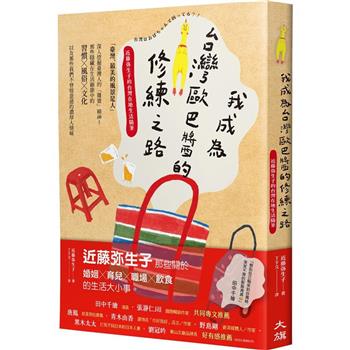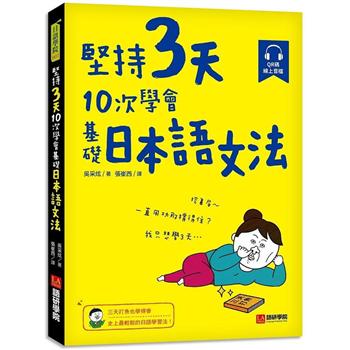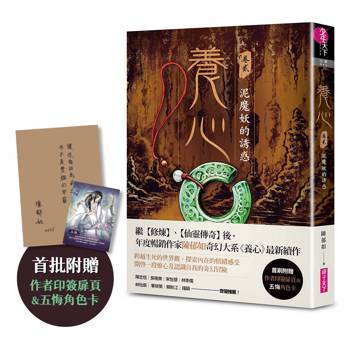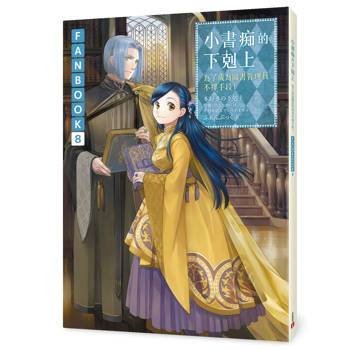Artists have been using sketchbooks for centuries as integral tools in the creative process, especially during the preparatory stages leading to the creation of great works of art. Serving as portable companions, they accompany artists on their physical and mental journeys, offering intimate glimpses into their sources of inspiration. They are used to document daily life, national events, the landscape, and natural world with immediacy. Many artists have used sketchbooks to create meticulous botanical records, while others, such as the Pre-Raphaelites, planned their most important paintings within their pages.
Selected from the Victoria and Albert Museum’s extensive collection, the featured sketchbooks range from historic to contemporary examples including works by Leonardo da Vinci, Angelica Kauffman, George Romney, John Constable, Beatrix Potter, E. H. Shepard, Paul Nash, Shahed Saleem, and Julie Verhoeven. Lesser-known artists, especially women, for whom sketchbooks provided a creative outlet, are also highlighted. Drawn from Britain, Europe, and beyond, the wide-ranging selection of sketches blurs the boundaries between art and journal.
The Artist’s Sketchbook explores the significance of sketching across different eras and movements. It offers insights into changes in style and technique, exploring materials such as watercolor and pen and ink, and features exquisite examples of drawings from life and the imagination, material experimentation, and planning for larger works. Written by a group of expert curators and accompanied by detailed photography, this beautifully designed book will appeal to anyone interested in the art-making process, especially those for whom sketching is an important aspect of their own artistic practice.












